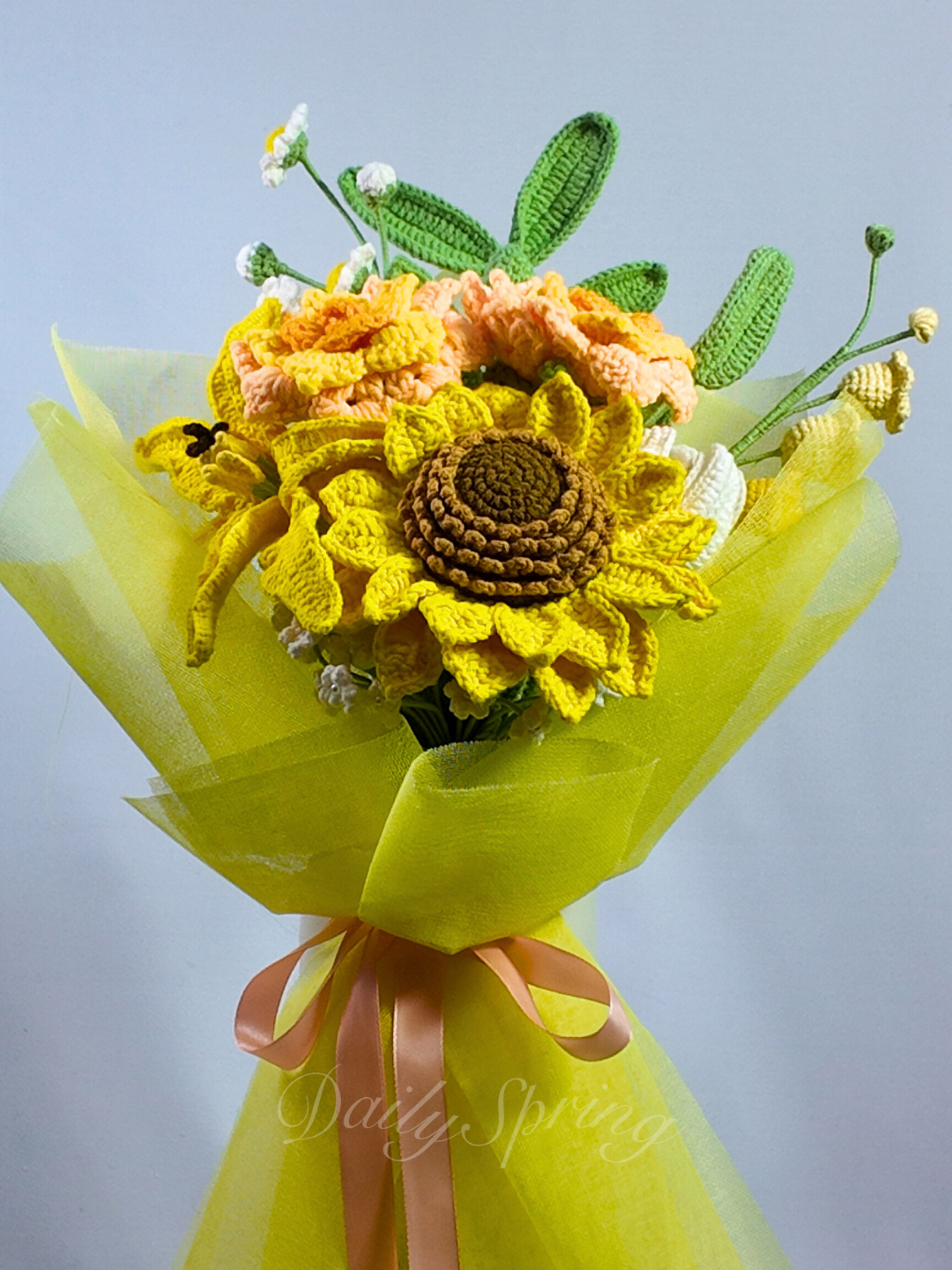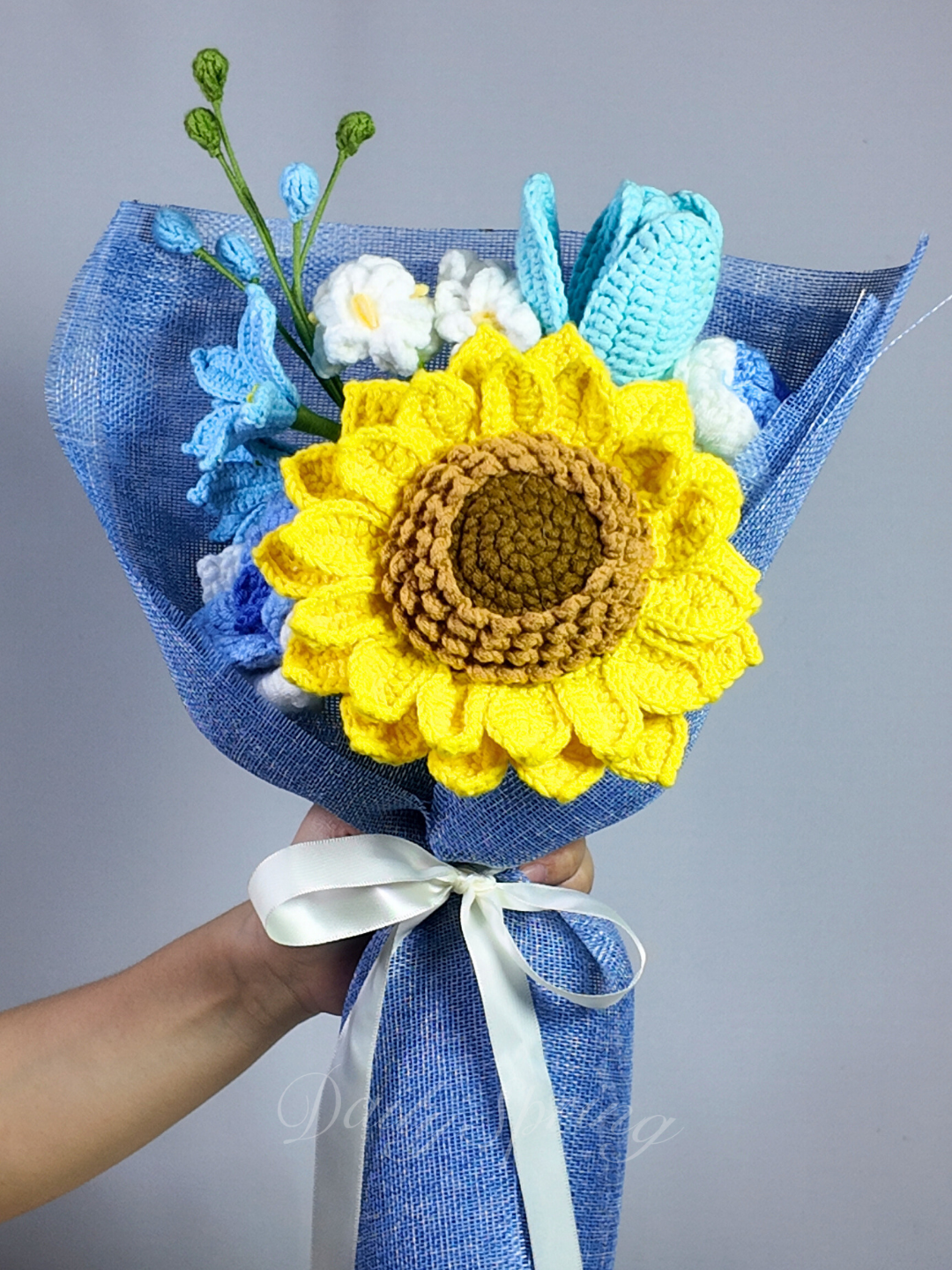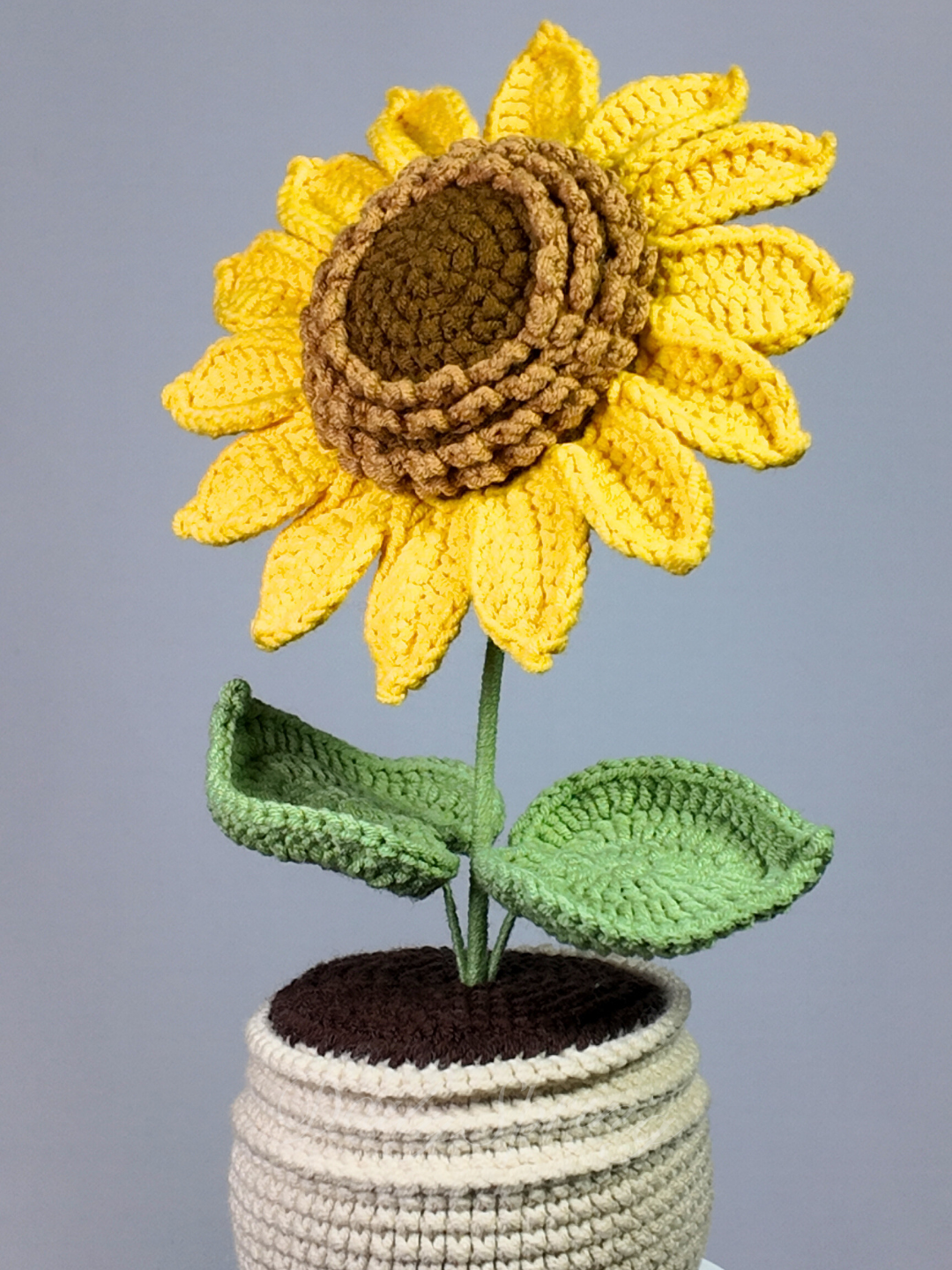
Baby’s Breath: The Complete Guide to Growing, Arranging & Safety

Baby’s breath (Gypsophila) is a delicate, cloud-like flowering plant known for its tiny white or pink blooms and airy texture. Often used as a filler in floral arrangements, it has become a standalone star in modern decor due to its ethereal beauty and versatility.
This guide covers everything you need to know about baby’s breath:
✔ Botanical facts & varieties
✔ Symbolism and cultural significance
✔ Growing and care tips
✔ Use in floral arrangements
✔ Toxicity and pet safety
✔ Drying and preservation methods
🌼 Botanical Profile
Scientific Name:
- Gypsophila paniculata (most common species)
Appearance:
- Flowers: Tiny (2–10 mm), clustered in loose panicles.
- Colors: Primarily white, but cultivars include pink and blush hues.
- Stems: Slender, branching, up to 3 feet tall (depending on variety).
Varieties:
- ‘Bristol Fairy’ – Classic white, double blooms.
- ‘Perfecta’ – Larger flowers, sturdy stems.
- ‘Pink Fairy’ – Soft pink variant.
- ‘Covent Garden’ – Compact, ideal for bouquets.
Native Range:
- Central and Eastern Europe, but now cultivated worldwide.
🌸 Symbolism & Meaning
Baby’s breath carries rich symbolism across cultures:
- Purity & Innocence – Traditionally linked to newborns (hence the name).
- Everlasting Love – Often paired with roses in weddings.
- Hope & New Beginnings – Its delicate yet resilient nature represents optimism.
Fun Fact: In the Victorian "language of flowers," it signified sincerity.
🌱 Growing Baby’s Breath
Planting Guide
| Factor | Requirements |
|---|---|
| Hardiness Zones | 3–9 (perennial in cooler climates) |
| Sunlight | Full sun (6+ hours daily) |
| Soil | Well-draining, slightly alkaline (pH 7–7.5) |
| Water | Drought-tolerant; avoid overwatering |
| When to Plant | Spring (after frost) or fall (in mild climates) |
Care Tips:
- Prune after flowering to encourage bushier growth.Support tall stems with stakes to prevent flopping.Divide clumps every 2–3 years to maintain vigor.
Warning: Can self-seed aggressively—deadhead to control spread.
💐 Uses in Floral Design
1. Bouquets & Centerpieces
- Classic Pairings: Roses, peonies, dahlias.
- Modern Twist: Solo baby’s breath bouquets for a minimalist, ethereal look.
2. Dried Arrangements
- Hang upside down in a dark, dry place for 2–3 weeks.
- Retains shape and color for years.
3. Wedding Decor
- Bridal crowns, aisle markers, and backdrop accents.
- Budget-friendly alternative to pricier blooms.
4. Crafts & DIY
-
Wreaths, pressed flower art, and resin jewelry.
⚠️ Toxicity & Pet Safety
Toxic Components:
- Saponins (mild irritants found in stems/leaves).
Effects on Pets (Dogs/Cats):
- Mild GI upset (vomiting, diarrhea) if ingested in large amounts.
- Skin irritation possible from sap contact.
Safety Tips:
✔ Keep cut stems away from pets who chew plants.
✔ Opt for dried or artificial baby’s breath in pet-heavy homes.
Note: Non-toxic to humans but not edible.
🌿 Alternatives for Pet Owners
For those seeking zero-risk options:
Silk baby’s breath – Realistic and reusable.Crochet versions – Handmade, pet-safe, and durable.Safe fresh flowers – Roses, snapdragons, or orchids.
✨ Fun Facts
- Nicknamed "gyp" by florists for its genus name (Gypsophila).
- Thrives in poor soil – Its name means "chalk lover" in Greek.
- Symbol of the Amish – Represents humility in their culture.
Final Thoughts
Baby’s breath is more than just a filler—it’s a versatile, timeless flower with rustic charm and poetic symbolism. Whether you’re growing it in your garden, crafting with dried stems, or opting for pet-safe alternatives, its delicate beauty enhances any space.
Have you used baby’s breath in a creative way? Share your ideas below!
For more flower guides, explore our posts on tulips, roses, and pet-safe plants. 🌸



